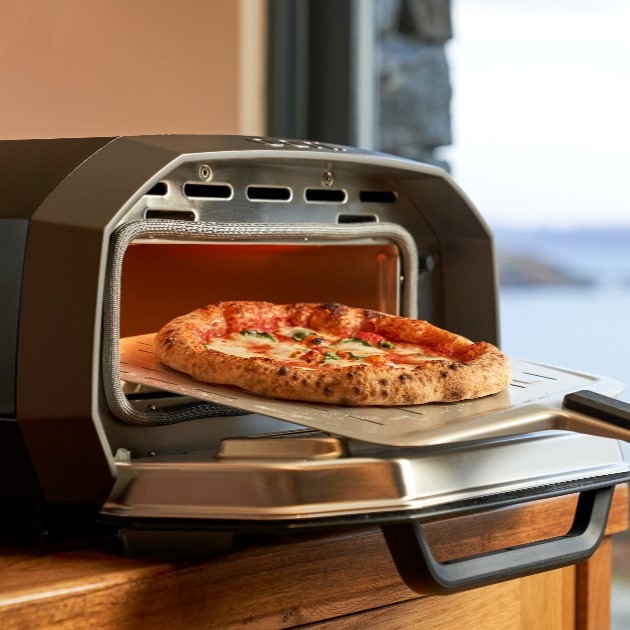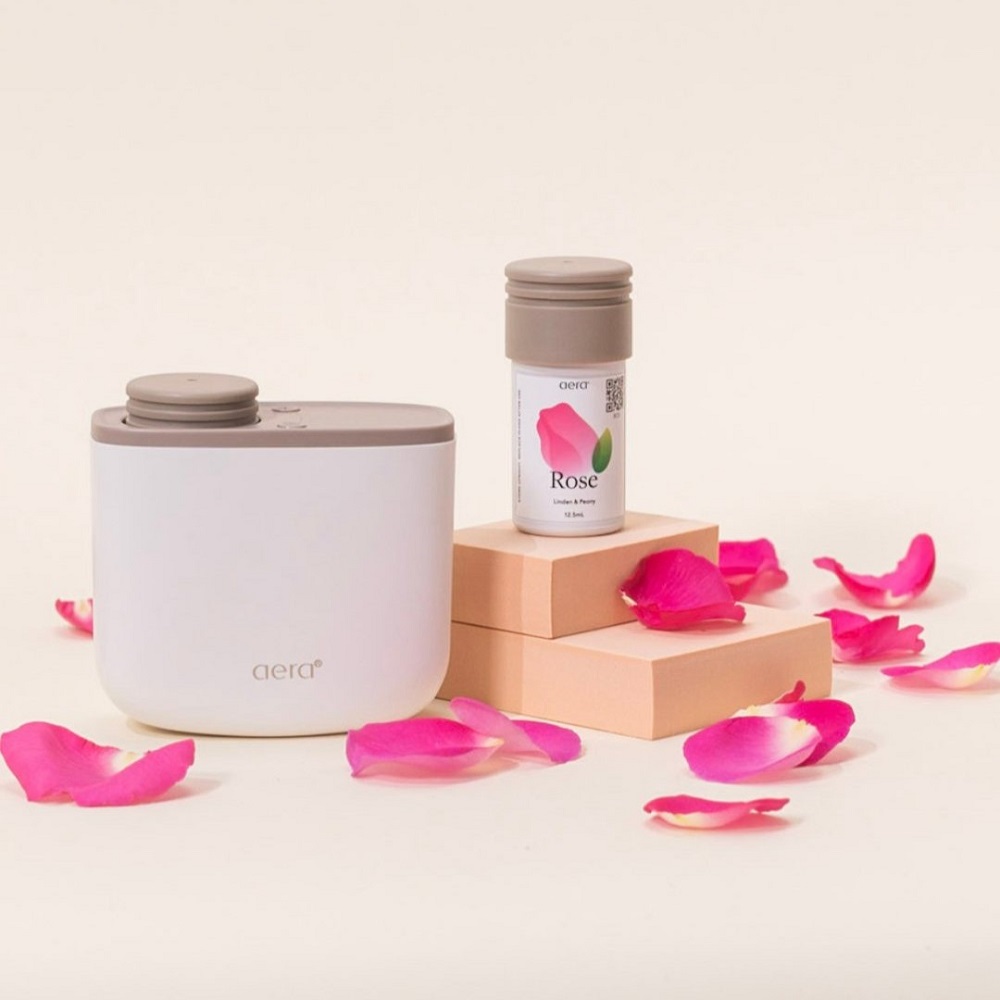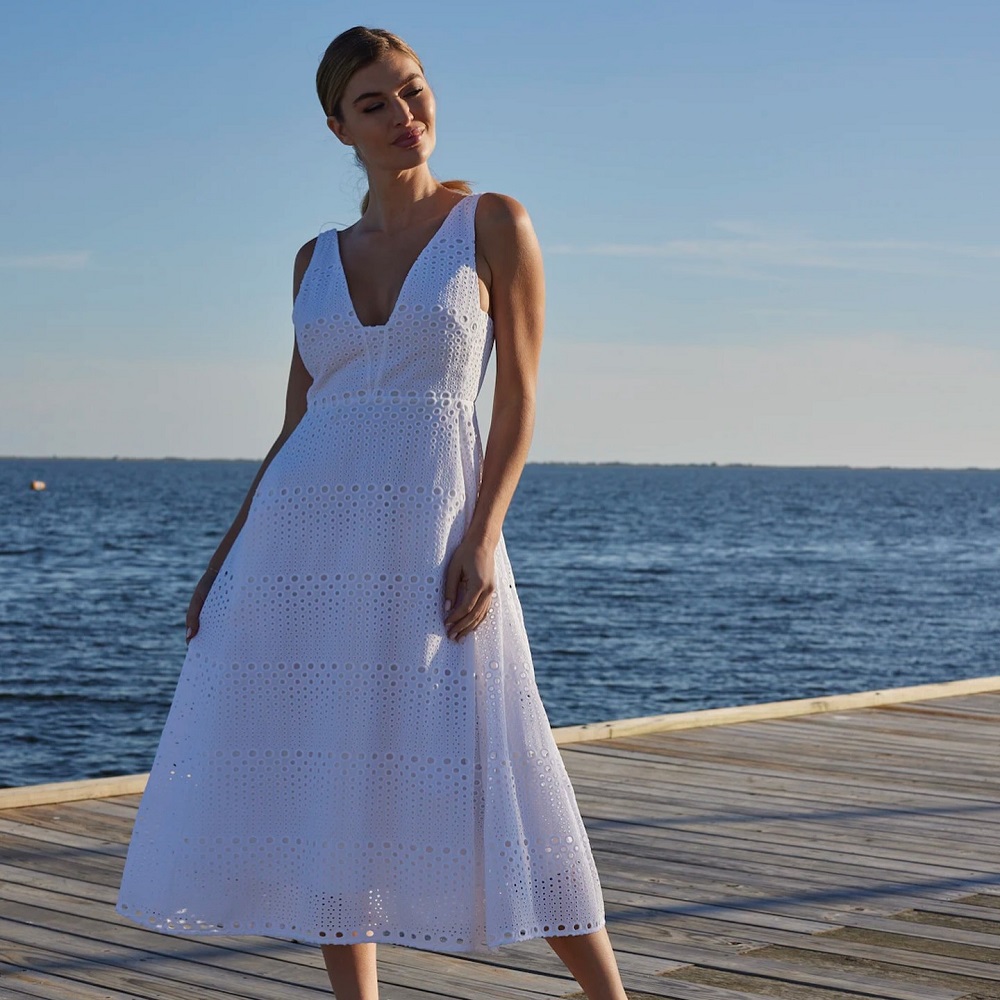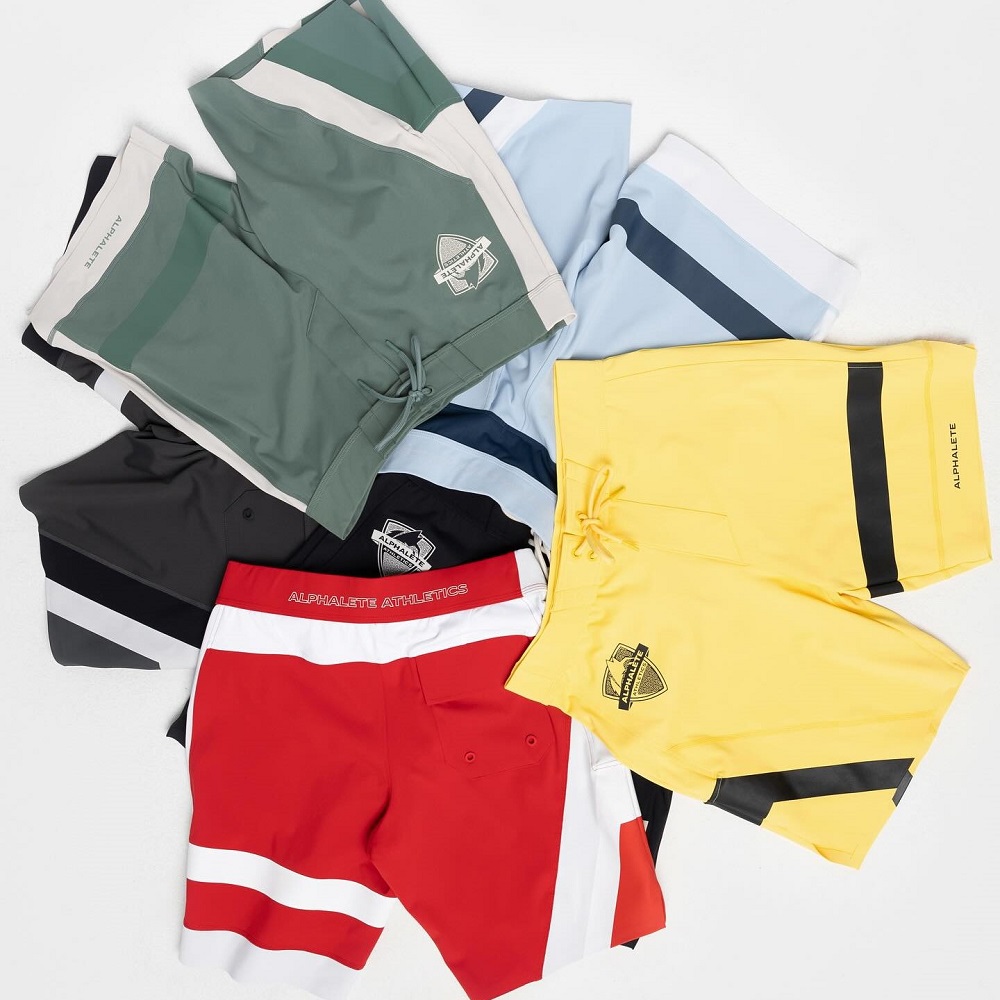How Tight Should Compression Socks Be – Best Guide for 2020
Table of Contents
About Compression Socks
If you’re like me, you had exposure to compression socks as a young person, but you didn’t quite know what they were or what their use was. My grandfather used to wear compression socks. At the time I didn’t have the name for what they were, I just knew that it was strange that he was wearing tight and oddly long socks in the summertime.
Compression socks, as it turns out, are designed to aid circulation through compression therapy. They apply pressure to the legs and ankles, and the pressure gradient varies depending on the sock. While some compression socks may be purchased over the counter, others are prescribed with specifications provided by a physician. When the socks put pressure on your legs, they promote the flow of blood from your extremities to your heart.
Compression socks can be beneficial for comfort, enhanced performance in sports, or to treat medical conditions associated with poor circulation. The big question is how tight should compression socks be? The socks have some excellent benefits, including:
- Reducing pain and swelling in the ankles and legs
- Enhancing circulation
- Stopping blood from pooling in the legs
- Easing the pain of varicose veins
- Preventing deep vein thrombosis (DVT)
- Decreasing orthostatic hypotension
- Preventing venous ulcers
- Improving lymphatic drainage
What Types of Compression Socks Are There?
There are three main types of compression stockings:
- Graduated compression stockings
- Anti-embolism stockings
- Non-medical support hosiery
Who Uses Compression Socks?
- People recovering from surgery
- Bedridden patients
- Patients who struggle to move their legs, often due to swelling
- People who stand for long periods at work, including nurses and hospitality workers
- Workers who spend the majority of their day sitting at a desk
- Athletes such as weight lifters and runners
- Pregnant women
- People who are on planes for long periods of time
- People at risk of circulation problems such as DVT or diabetes
- People who want to reduce the appearance of varicose veins and spider veins
How Do Compression Socks Work?
When compression socks apply pressure to your legs and ankles, they have some pretty neat effects. Maybe the word ‘neat’ is an understatement for these clever garments and their ingenious medical effects. Compression socks reduce the diameter of major veins. This effect remarkably increases the volume and speed of blood flow. Think about it: when they squeeze in around those veins, the blood is encouraged to go where it is needed most—the heart. Compression socks also prevent blood from going the wrong direction, which is down the foot into superficial veins. Pretty amazing, huh?
The Perfect Fit
Before we get into the question of how tight should compression socks be, we first have to get at their fit. No matter the use or indication for your compression socks, you want them to fit well to guarantee your comfort in daily activities, and to make sure they provide you with all the associated health benefits.
It is essential to know how tight compression socks should be. You can have a professional fit you for the socks, but you also can easily do the measurements at home. To get started, all you need is a measuring tape. An important tip to follow is that you complete the measurements in the morning at the time of waking up. This is the most accurate measurement you can work off since your legs will naturally swell throughout the day, leading to unreliable numbers.
Benefits of Socks That Fit Correctly
- Support circulation in the legs and throughout body
- Can reduce orthostatic hypotension, which causes the lightheaded feeling you sometimes get when you stand
- Can diminish leg swelling
- Ability to treat mild to severe vascular conditions
Compression Sock Sizing
| Size | Ankle (inches) | Calf (inches) | Thigh (inches) | Hip (inches) |
| Small | 7-8 | 11-23 | 15-25 | 28-46 |
| Medium | 8-9 | 11-17 | 18-28 | 30-50 |
| Large | 9-11 | 12-18 | 21-31 | 32-54 |
| X-Large | 11-13 | 13-20 | 23-32 | 40-65 |
| Large-Tall | 9-11 | 12-18 | ||
| Large Full Calf | 9-12 | 18-24 | ||
| X-Large Full Calf | 11-14 | 18-24 |
Measuring for Knee High Compression Socks
- To answer the question of how tight should compression socks be, measure around the circumference of the ankle by placing the measuring tape at the narrowest part of the ankle. You will find this region above the ankle bone.
- Measure the circumference of the widest part of your calf.
- Sit level on a chair, with your knees bent at a 90-degrees. Take a measure of the distance from your knee to the floor.
Measuring for Thigh High Compression Socks
- On the way to figuring out how tight compression socks should be, take a measure of the circumference of the ankle by placing the measuring tape at the narrowest part of the ankle, above the ankle bone
- Measure the circumference of the widest part of your calf.
- The widest part of your thigh is below your buttocks, so measure the circumference in this part of the body
- Measure from the floor to just below the buttocks
Compression socks are designed to put pressure on your lower leg to facilitate blood flow. Whether you intend to use your sock as an over-the-counter purchase to improve your quality of life or a physician prescribed remedy to a medical condition, it is important that you get the right fit. You don’t want your sock to be too loose nor too tight to achieve optimal results. How tight should compression socks be? Answering this question is the first step to gaining benefit from the socks.
How Tight Should Compression Socks Be?
By definition, compression socks fit snug. There are, however, different definitions of snug, so how tight should compression socks be? They are made of stretchy material that will squeeze your leg, but the tightness of the sock operates on a spectrum. You can expect that a graduated compression sock will be firm around your ankle but that it will let up in pressure, the higher you go up the leg.
Your socks shouldn’t feel painfully tight. If you’re wearing a mild compression sock, the numbers will be lower. This kind of sock can be effective at keeping you comfortable while working all day on your feet. You want the socks to be tight but not uncomfortably so. You should feel supported.
Since a compression sock is built to compress, the big question is, how tight is too tight? You will feel tightness around the ankle, to be sure—that’s what the socks are designed for, but they are designed to release some of the pressure as you move up the leg. Something is off if you feel as much pressure up at the knee as you do down at the ankle. If the socks wrinkle, bunching or folding them can be contributing factors resulting in a too-tight sock.
They’re Too Tight If:
- They cause pain
- They cause tingling
- They pinch the skin and leave red marks
- You have numbness, or your skin becomes discolored
You May Get Side Effects If:
- Your socks don’t fit
- You aren’t putting your socks on or taking them off properly
- You have an infection
- You’re allergic to the sock material
Compression Sock Types
Gradient Socks
Gradient socks or graduated compression stockings have the highest level of pressure down at the ankle, and the pressure decreases as the sock moves up the leg. These socks are designed with mobility in mind. For the most part, this type of sock is fit by a professional.
Anti-Embolism Socks
Anti-embolism socks protect against the development of deep vein thrombosis. They provide gradient compression just as graduated stockings do, however, the compression distribution is different. These socks are made for people who are not mobile, such as bedridden patients.
Non-medical Support Hosiery
You can buy this category of compression socks without a prescription, and you can often find the right pair with the help of a pharmacist, who will assist you in answering how tight should compression socks should be. In this grouping are flight socks and elastic support hose. They give comfort to overworked or sore legs. Non-medical compression socks work on the same principles as the medical-grade products; they just apply less pressure to the leg and ankle.
Choosing the Right Pressure Gradient
What is mmHg? It’s a mouthful, alright. It stands for millimetres of mercury, and it is used to measure pressure, and it is also used in blood pressure measurements. There is no mercury in the actual sock. If that sounds a bit too sciencey for you, fear not. This measurement is your friend: it helps gauge the amount of pressure that a person will feel when they’re wearing the socks.
| Compression Level (mmHg) | Purpose |
| 15-20 | Over the Counter |
| 20-30 | Medical Class 1 |
| 30-40 | Medical Class 2 |
| 40-50 | Medical Class 3 |
Include the associated wearers and uses of each level, we’ll specify the different compression gradients.
Mild Compression
At 8-15 mmHg these socks provide the most minimal pressure in the compression sockcategory. They are a great option to relieve the aches and pains in your tired legs and are useful if you plan to be sitting or standing for prolonged periods. These socks are an excellent tool for alleviating minor swelling which occurs in the feet, ankles, and legs from stasis and overactivity. In pregnancy, they help prevent varicose veins.
Medium Compression
It’s recommended that first-time wearers try this compression level first. If you’re looking for everyday relief from heavy, swollen or tired legs, 15-20 mmHg is an excellent option. Available over the counter, you can purchase this level of compression sock for travel, long days spent standing, to treat mild to moderate varicose veins, and to gain relief from the post-exercise symptoms of athletics. The measurement ‘15-20’ refers to the amount of compression, and it means that the compression will not go below 15 mmHg and will not exceed 20 mmHg.
There are many options in the medium compression category. You can choose to wear knee high socks, thigh high socks, pantyhose or maternity pantyhose and options and styles are available for both men and women. You can buy mild compression socks in casual everyday styles or choose a colorful or patterned pair that offers more of a fashion statement. Compression socks are a growing trend, and more individuals are incorporating compression socks into their travel routine and everyday lifestyle.
Firm Compression
The most commonly used compression is the 20-30 mmHg medical-grade compression sock. It gives good compression to the legs without being too severe. It is useful for leg swelling, spider veins, varicose veins, travel, athletics and it has an indication in some surgeries. This level of compression is also beneficial to pregnant mothers with particularly prominent vein issues. The socks can assist in the management of active ulcers and post-thrombotic syndrome. As well, they help orthostatic hypotension and assist in the prevention of DVT. Furthermore, they are useful in the treatment of moderate to severe edema.
You can purchase firm compression socks in a variety of styles for both men and women in different lengths, including knee high, thigh high, pantyhose and maternity pantyhose. These socks come in sport, dress, and fashion styles.
Extra Firm Compression
At 30-40 mmHg, extra firm compression socks relieve and prevent severe cases of varicose veins, as well as severe edema. Useful in orthostatic hypotension, postural hypotension and the management of venous ulcers, the socks are poignant medical technology. The socks also assist in Post-Thrombotic Syndrome (PTS) and prevent deep vein thrombosis (DVT). They are effective post-surgically for patients who have undergone treatment to prevent the recurrence of varicose veins.
RX Compression
In serious venous diseases, 40-50 mmHg gradient compression socks are warranted. They are useful in combating acute swelling of the legs and ankles, varicose veins, deep vein thrombosis and chronic vein insufficiency. As the ‘RX’ implies, this compression level is prescribed by physicians.
Compression Socks vs Compression Stockings
| Garment Type | Purpose |
| Knee-High Compression Socks | Prevent and treat chronic venous insufficiency and signs of lower leg swelling |
| Thigh-High Compression Stockings | To treat swelling or varicosities |
| Waist High/Compression Pantyhose | To treat swelling and prevent blood clots |
How to Wear Compression Socks and Stockings
When you’re putting on compression socks, you want to make sure that they lie flat against your leg. Smooth out wrinkles and take care to ensure that the socks don’t bunch. You don’t want your compression socks to be overly long. If you fold the top of the sock, it can make it too tight, depleting blood flow, and even cutting off your circulation. This is one measure when answering how tight should compression socks be.
If a physician prescribes your compression socks, then follow the doctor’s orders—make sure you follow through and wear your socks. You can, of course, take your socks off when it’s time to get into the shower and don’t worry; you can wear your slippers or a pair of shoes over your compression socks.
For best results when pulling on your compression socks:
- Make sure your skin is dry. If you have just gotten out of the shower and put on lotion, it’s the wrong time to put on your compression socks. Moisture will make it harder to get them on.
- Sit in a chair so that you are balanced when you pull the socks up.
- When you get the sock on, look to see that the seam runs straight up the leg.
- You don’t want the socks to bunch or wrinkle. Be especially careful of this at the ankles and do not fold the sock down.
- Ensure the longevity of your socks by wearing slippers or shoes over them and keeping your toenails trimmed down.
- It’s time to replace your socks if they get a tear, bunch up, wrinkle or slip while wearing them. They may stretch over time, in which case they will no longer adequately apply pressure.
- If your socks are prescribed from morning until night or all night long, make sure you follow the protocol. If you lapse in following instructions, your leg may swell, and they will be harder to get on.
- Check regularly for redness, irritation or any signs of chafing.
What is a Stocking Donner?
A stocking donner is a clever tool that can benefit the process of pulling on your compression socks, specifically for those with compromised hand strength or dexterity. It is a compact tool that can be transported in travel or stored away easily in the living space. With the plastic shell which slides over the foot and heel of the sock, you will get your foot into the sock without batting an eye.
Prescription
When a physician prescribes compression socks, the length of time that patients must wear the socks depends on their physical condition. If you are affected by a condition that impacts your circulation, for instance, you may have to wear the socks in the long term. You may need to wear the socks on just one leg in some cases. Patients should have their legs re-measured, and their socks replaced every 3 to 6 months.
Many people wonder how long to wear compression socks after surgery. If you have been through surgery and your physician has advised that you wear compression socks, they will inform you about how to wear the socks correctly and the length of time that you should wear them. You must follow the advice of your physician. After surgery, socks should be worn for the majority of the time, day and night, until your mobility improves. The primary purpose of compression stockings post-surgery is to prevent blood clots, known more formally as deep vein thrombosis. The goal of the socks is to improve blood flow when your mobility is limited after surgery.
Another surgical implication for compression socks is after vein treatment, such as small vein sclerotherapy. Compression reduces the risk of blood clots in these cases, and physicians suggest the routine use of compression socks until they assess the patient at a follow-up appointment 1-2 weeks later. In venous leg ulcers, compression socks are indicated for a full day wearing, to help the ulcer close.
Who Needs Compression Socks Post-Surgery?
- Your risk of DVT will be assessed in conjunction with your surgery, to determine your post-surgical risk of DVT
- Even if you are discharged from hospital on the same day as the surgery, you may need to wear compression socks
- Your risk of DVT is elevated if you are having surgery on your hip, knee, legs or abdomen
- Your risk of DVT is also enhanced if you need a general anesthetic for over 90 minutes
- DVT is a concern if you are bedridden, or in a chair for most of the day following surgery
Non-Prescription
The use of non-prescription compression socks should be restricted todaytime hours, whether you are active or immobile. Compression socks are optimal when the patient’s legs are lower than their heart. It is advised that the socks are removed for at least a few hours each night.
Many people ask themselves, ‘can I wear regular socks over compression stockings?’ Do you wear socks with compression socks? If you’ve asked yourself these questions, the answer is yes: you can wear socks, slippers, or shoes over top of your compression socks.
When using compression socks for exercise, you’ll want to follow instructions on how to wash your compression socks effectively.
Challenges When Wearing Compression Garments
If you don’t wear your compression socks properly, you can run into difficulties, and some of them have serious implications. For example, improperly worn compression socks have been shown to break the skin. Another study cites peripheral nerve damage linked to the misuse of compression socks. Finally, an article in the Canadian Medical Association Journal critically outlines that compression socks may worsen vascular disease. If you have impaired arterial flow, ischemia or inadequate oxygenated blood flow, these conditions can worsen.
Some older adults suffer from a condition called senile purpura. This condition sounds serious from the name, so what is it? Senile purpura often occurs while compression garments are worn, when the small blood vessels bleed and break under the skin. In actuality, this condition isn’t as serious as it sounds, but it’s still crucial that your doctor evaluates you, especially because continued wear with this condition can be dangerous. It is essential to inquire how tight should compression socks be when speaking with your physician.
| Who Should Use Compression Socks? | |
| Suitable Conditions | Unsuitable Conditions |
| Tired, heavy, aching legs | Ischemia of the legs |
| Swelling in the legs | Uncontrolled congestive heart failure |
| Varicose veins | Allergy to fabric |
| Venous insufficiency | Impaired sensitivity of the limb |
| Post-thrombotic syndrome | Untreated septic phlebitis in the leg |
| Active venous ulcer | Phlegmasia cerulea dolens |
| Healed venous ulcer | Skin infections |
| Lymphedema | Bed confinement |
Compression Socks Are For Everyone
When we first got to talking about compression socks, I mentioned my grandfather. It was easy at that age, and it might even be easy now to think that compression socks are reserved for older people or people with vascular conditions. Still, the truth is that compression socks are versatile with widespread applications. Regardless of your activity level and even your age, compression socks provide universal benefits to many people. After all, the circulation of our legs is something that impacts all human beings.
Whether you’re sporty, pregnant, on a long flight, or struggling with a circulatory medical condition, compression socks can be your companion. It’s basic biology that the heart pumps blood through the arteries. These vessels transport blood to your entire body. This is essential because it provides your cells with oxygen. Your legs are included in this round-the-body voyage. This is where the harder part comes in, however—getting blood, lymph, and other fluids out of your legs can be a challenge. The first essential step of fitting your compression socks is determining how tight should compression socks be.
Why is it a challenge? Your veins and lymphatic system have one thing against them that is hard to overcome. They are not pressurized, and that means that they have to work against the biggest force of all—gravity. Sometimes your calf and leg muscles are not efficient enough to get the job done. So, what happens? Blood pools at your feet and it’s the culprit of that dead weight feeling in your legs.
Compression socks provide the pressure gradient to get the blood out of there, which is why they are so snug down by the ankle, to get things moving. So, the moral of the story is compression socks do heroic work assisting the body with one of its most important jobs, so why not get a pair?
Where to Buy Compression Socks
Soxy compression socks are known to be the best for several reasons. They are very reasonably priced compression socks compared to other brands on the market. Each pair is priced at $24, with regular MSRP at $49. Soxy offers 15-20 mmHg compression socks in Small (5-8) and Large (9-13), which are made of high quality cotton.
In addition to possessing all the circulation-benefiting elements of regular compression socks, Soxy compression socks are designed with incredibly soft and breathable material, and rip protection is used to double re-enforce areas that experience the most friction and tear.
Whether you’re a marathon runner, nurse, teacher, athlete, expectant mother, world traveler, or are recovering from injury, Soxy’s compression socks are for anyone, in any stage of life. Soxy’s selection ranges from classic plain or striped, to fun and cute compression socks.








